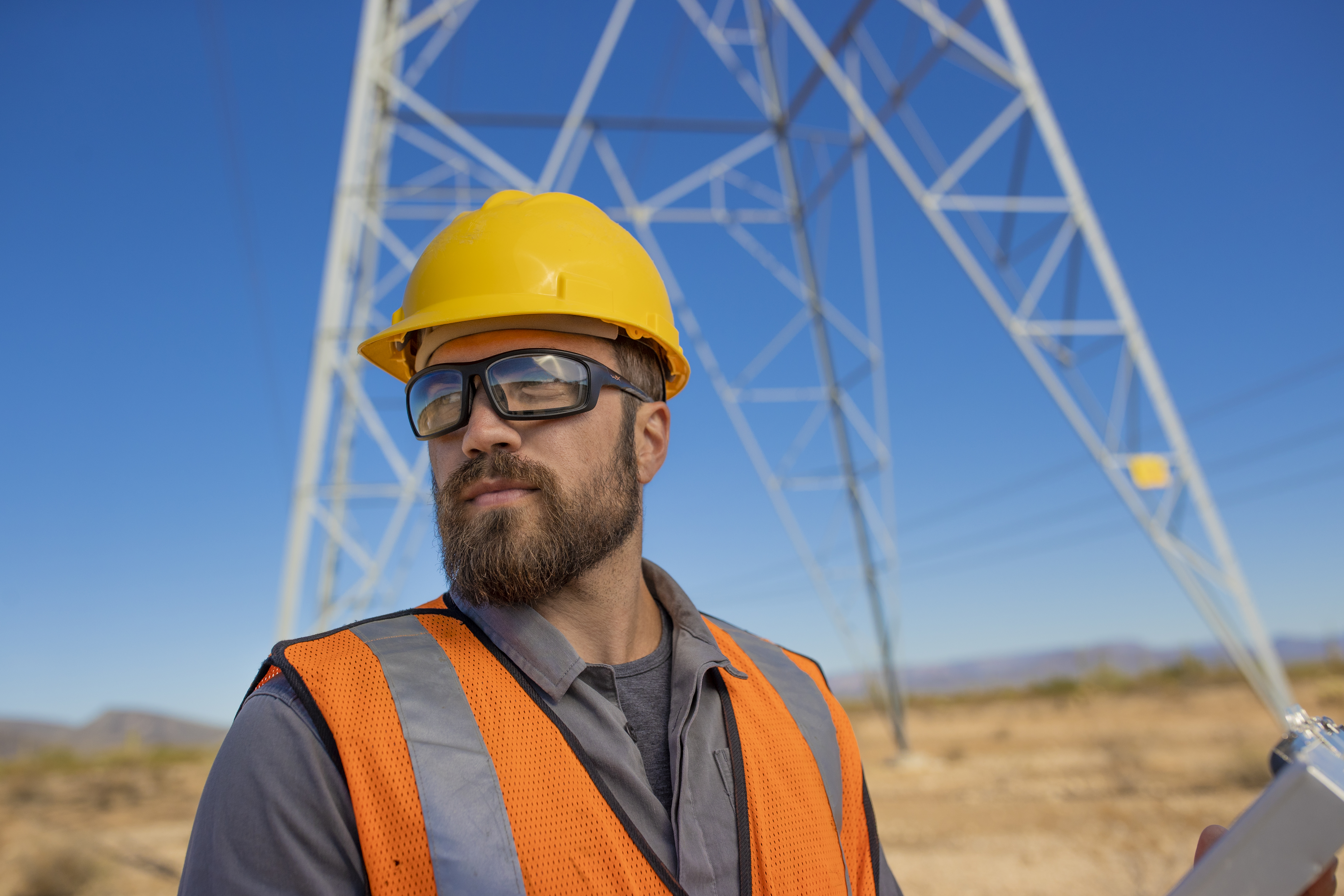Frequently Asked Questions About Safety Eyewear

Safety eyewear is a crucial component of personal protective equipment (PPE) in various industries, from construction to healthcare. However, many individuals have questions and concerns about safety glasses and goggles. In this blog post, we'll address some of the most frequently asked questions about safety eyewear, shedding light on topics like comfort, prescription options, and cost.
1. Are safety glasses comfortable to wear for extended periods?
One of the most common concerns people have about safety eyewear is comfort. The good news is that modern safety glasses are designed with user comfort in mind. They often feature padded nose bridges, cushioned temples, and adjustable components to ensure a secure and comfortable fit. Additionally, many models are lightweight, reducing the strain on your face during extended wear.
2. Can I get safety glasses with prescription lenses?
Yes, you can! Many safety eyewear manufacturers, like us at Ocusafe, offer prescription options to accommodate individuals who require corrective lenses. These prescription safety glasses are customized to your specific vision needs, ensuring you can see clearly while staying protected on the job. Remember to provide your prescription details when ordering.
3. How much do safety glasses cost?
The cost of safety glasses can vary widely depending on factors such as brand, style, and additional features. Basic safety glasses can be quite affordable. If you opt for prescription safety glasses, the cost will include the lenses, prescription customization, and any additional coatings or features you choose. Keep in mind that investing in high-quality safety eyewear is an investment in your safety and well-being.
4. Are safety goggles better than safety glasses?
The choice between safety glasses and safety goggles depends on your specific needs and the type of work you do. Safety glasses provide excellent eye protection from impacts, dust, and debris and are often more comfortable for extended wear. On the other hand, safety goggles offer a sealed, wraparound design that provides superior protection against chemical splashes and airborne particles. It's essential to assess the hazards in your workplace to determine which option is best for you.
5. How often should I replace my safety eyewear?
The lifespan of safety eyewear can vary depending on usage and the environment in which it's worn. As a general rule of thumb, you should replace your safety glasses or goggles if they become scratched, cracked, or otherwise damaged. Regularly inspect your eyewear, and if you notice any signs of wear and tear, it's time for a replacement. In high-impact environments, it's a good practice to replace safety eyewear every year or as recommended by the manufacturer.
6. Can I wear my safety glasses outside of work?
Absolutely! While safety glasses are designed for workplace safety, they can also be used for various outdoor activities and hobbies, such as woodworking, DIY projects, and sports. Their durable construction and impact-resistant lenses make them suitable for a wide range of recreational activities where eye protection is crucial.
Safety eyewear is a vital component of personal protection, and addressing common questions and concerns can help individuals make informed choices. Whether you're worried about comfort, need prescription options, or are curious about the cost, the right safety eyewear is out there to meet your needs. Remember that protecting your eyes is an investment in your safety and well-being, so choose wisely and wear your safety glasses with confidence.
